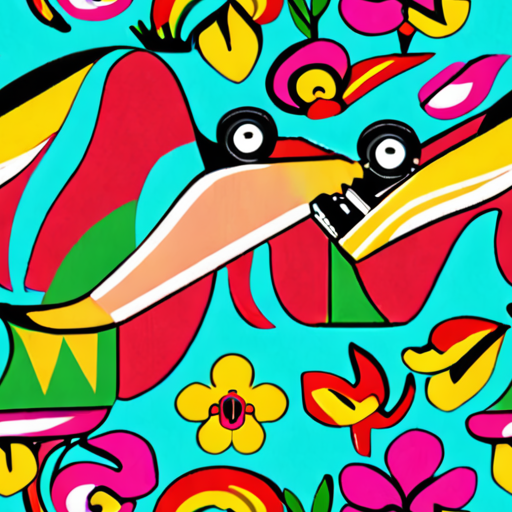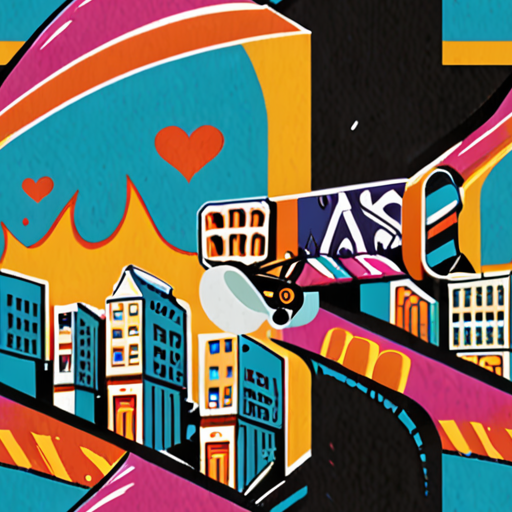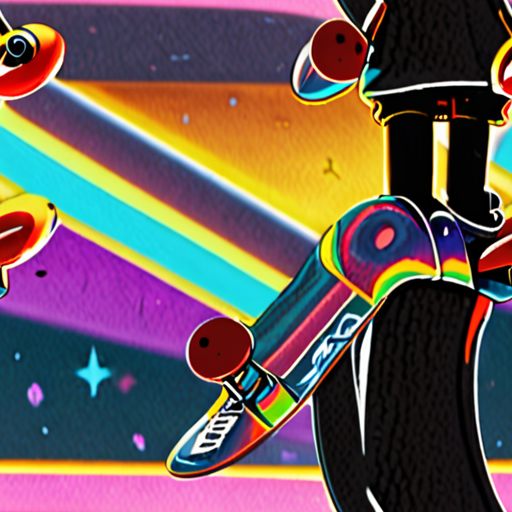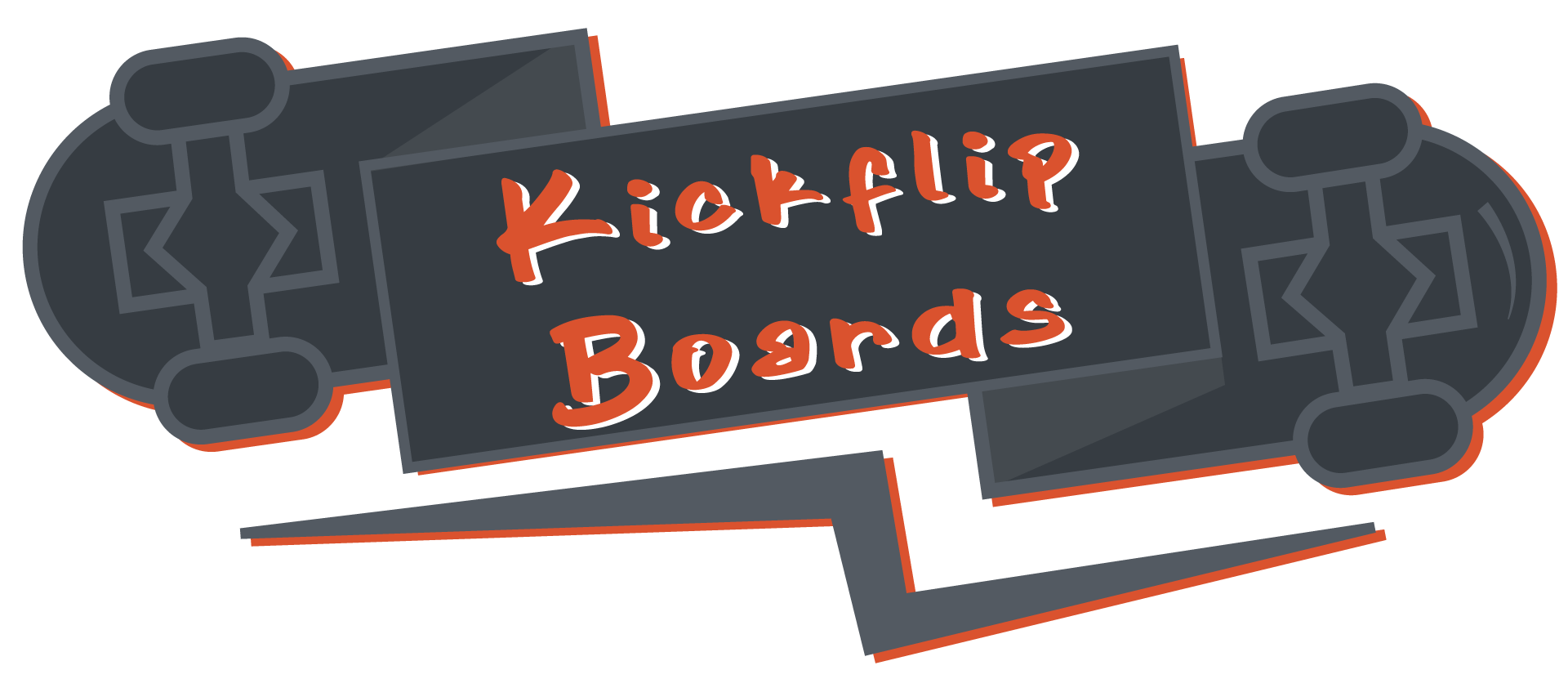Embarking on a skateboarding journey can be both exhilarating and intimidating, especially for those who are new to the sport. With its unique blend of physical activity, creativity, and community, skateboarding has become increasingly popular among people of all ages. However, mastering the basics requires patience, persistence, and guidance – which is exactly what this comprehensive guide aims to provide.

Learning to Skateboard as a Beginner
To start learning to skateboard, it’s essential to begin with the basics and gradually progress to more complex skills.
-
Get Familiar with the Equipment
Familiarize yourself with the different parts of a skateboard, including the deck, trucks, wheels, and bearings.
Understand the importance of wearing protective gear, such as a helmet, knee pads, and elbow pads, to prevent injuries.
-
Find a Safe Place to Practice
Look for a flat, smooth surface, such as a skate park or an empty parking lot, to practice your skills without worrying about obstacles or traffic.
Consider taking lessons from a qualified instructor who can teach you proper techniques and safety guidelines.
-
Master the Basics
Start by standing on the skateboard and getting comfortable with its balance and movement.
Practice pushing off with one foot and gliding with the other, then try switching feet and practicing with the opposite foot.
Learn to stop by applying pressure to the tail of the board or using the heel-side edge to drag your foot.
-
Develop Your Balance and Coordination
Practice balancing on the skateboard by standing on it with your dominant foot forward and your other foot back.
Try shifting your weight and moving your feet to maintain balance and control.
As you become more confident, try performing small tricks, such as kicking the tail or popping the nose.
-
Stay Relaxed and Have Fun
The most important thing to remember when learning to skateboard is to stay relaxed and have fun.
Don’t get discouraged if you fall – it’s all part of the learning process!
Keep practicing, and you’ll eventually develop the skills and confidence to tackle more challenging tricks and maneuvers.
For more information on skateboarding techniques, gear recommendations, and insights into the latest trends in skateboarding, visit our website at Kickflip Boards .
We also recommend checking out other reputable brands and resources, such as Bones Wheels and Independent Trucks , for high-quality products and expert advice.
What Skateboard Trick Should I Learn First?
When it comes to learning new skateboard tricks, it’s essential to start with the basics and build a solid foundation.
-
Mastering Balance
Before attempting to learn more complex tricks, you need to develop your balance and stability on the board.
- Practice standing on the skateboard with your dominant foot on the tail and your other foot on the nose.
- Shift your weight onto your back foot and lift your front foot off the ground.
- Bring your front foot back down and repeat the process several times.
-
Understanding Foot Placement
Finding the correct foot placement is crucial for executing various skateboard tricks.
- Experiment with different foot positions on the board until you find a comfortable stance.
- Pay attention to how your feet interact with the board and adjust accordingly.
- Remember, foot placement can affect the overall balance and control of the board.
-
Weight Distribution
Learning to distribute your weight evenly on the board is vital for mastering various tricks.
- Practice shifting your weight from your back foot to your front foot and vice versa.
- Focus on keeping your knees bent and your center of gravity low.
- As you gain confidence, try applying pressure to different parts of the board.
Once you’ve mastered these fundamental skills, you’ll be ready to move on to more advanced tricks, including the ollie.
The Ollie: A Fundamental Trick
The ollie is a fundamental trick that requires a combination of balance, foot placement, and weight distribution.
- Start by crouching down slightly and bending your knees.
- Place your front foot on the nose of the board and your back foot near the tail.
- Snap the tail of the board downwards to create upward momentum.
- As the board pops upwards, bring your front foot back down to meet it.
With practice and patience, you’ll be able to master the ollie and progress to more complex tricks.
Additional Tips and Resources
For further guidance and inspiration, check out our skateboarding tips and tricks section, which offers valuable advice and tutorials from experienced skaters.
Additionally, consider visiting local skate parks or joining a skate community to connect with other skaters and learn from their experiences.
Remember, the key to progressing in skateboarding is to stay committed, persistent, and patient.

Tips for Skateboarding
As a beginner, it’s essential to focus on developing a strong foundation in skateboarding.
- Balance and Positioning
Learning to balance and position yourself correctly on the board is crucial for stability and control.
- Keep your weight centered over the board, with your knees bent and your feet shoulder-width apart.
- Look ahead and focus on a point in front of you, rather than staring down at the ground.
- Practice shifting your weight and adjusting your stance to maintain balance.
Mastering turning techniques will help you navigate various terrain and obstacles with ease.
- To turn, shift your weight onto your toes or heels, depending on the direction you want to go.
- Apply gentle pressure to the footpads to initiate the turn.
- Practice turning in both directions to develop muscle memory and coordination.
Once you’ve mastered basic skills, you can start working on trick progression.
- Start with simple tricks like ollies and kickturns, then gradually move on to more complex ones.
- Focus on perfecting technique and building confidence before attempting more challenging tricks.
- Practice regularly to develop muscle strength and endurance.
Skateboarding can be hazardous, so it’s vital to take necessary safety precautions.
- Always wear protective gear, including a helmet, knee pads, and elbow pads.
- Check the board and wheels regularly to ensure they’re in good condition.
- Be aware of your surroundings and watch out for obstacles and hazards.
Skateboarding requires mental toughness and resilience.
- Set realistic goals and celebrate small victories along the way.
- Stay focused and motivated by tracking progress and setting new challenges.
- Learn to cope with setbacks and failures, and don’t get discouraged by mistakes.
By following these tips and practicing consistently, you’ll be well on your way to becoming a skilled skateboarder.

What Age Is Best To Start Skateboarding?
The ideal age to begin skateboarding depends on several factors, including physical development, coordination, and individual maturity.
-
Physical Development
Skateboarding requires a certain level of physical fitness, balance, and coordination. Children typically develop these skills between the ages of 5 and 10.
-
Coordination and Balance
Skateboarding involves complex movements that require hand-eye coordination, balance, and spatial awareness. Younger children may struggle with these aspects, making it essential to wait until they have developed sufficient motor skills.
-
Maturity and Focus
Skateboarding can be a challenging activity, requiring patience, persistence, and focus. Older children and teenagers tend to possess better emotional regulation and self-control, allowing them to handle setbacks and frustrations more effectively.
While there is no one-size-fits-all answer to the question of what age is best to start skateboarding, most experts agree that children between 8 and 12 years old are generally ready to begin learning basic skateboarding skills.
Key Considerations
When deciding whether your child is ready to start skateboarding, consider the following factors:
-
Physical Ability
Can your child stand on a skateboard and balance without assistance?
-
Coordination and Balance
Does your child demonstrate good hand-eye coordination and balance during everyday activities?
-
Maturity and Focus
Is your child able to follow instructions, stay focused, and manage frustration when faced with challenges?
By considering these factors and waiting until your child has developed sufficient physical abilities, coordination, and maturity, you can help ensure a positive and enjoyable skateboarding experience.
Am I Too Old to Get Good at Skateboarding?
Whether you’re considering taking up skateboarding in your 30s, 40s, or beyond, the answer is simple: it’s never too late to learn.
- Skateboarding is a skill that can be developed at any age, and with dedication and practice, you can improve your skills regardless of your age.
- The key to success lies in setting realistic goals and being patient with yourself as you progress.
Benefits of Learning to Skateboard at Any Age
Not only can skateboarding be a fun and rewarding hobby, but it also offers numerous physical and mental health benefits, including:
- Improved balance and coordination
- Increased flexibility and strength
- Reduced stress and anxiety
- Boosted confidence and self-esteem
Getting Started
If you’re interested in learning to skateboard, here are a few tips to keep in mind:
- Start with a beginner-friendly skateboard and safety gear, including a helmet, knee pads, and elbow pads.
- Find a safe and flat area to practice, such as a skate park or empty parking lot.
- Take lessons from a qualified instructor or online tutorials to learn basic skills and techniques.
- Practice regularly and be patient with yourself as you progress.
Overcoming Obstacles
As you begin your skateboarding journey, you may encounter obstacles such as fear, injury, or self-doubt.
- Don’t let fear hold you back – take small steps and gradually increase your difficulty level.
- If you do suffer an injury, don’t give up – take time to recover and come back stronger.
- Remember that everyone starts somewhere, and even professional skaters had to begin from scratch.
Conclusion
Skateboarding is a lifelong sport that can be enjoyed by people of all ages and skill levels.
With patience, persistence, and practice, you can overcome any obstacle and become a skilled skateboarder, regardless of your age.

Choosing the Right Skateboard Length for a 10-Year-Old
When selecting a skateboard for a 10-year-old, choosing the right length is crucial for comfort, stability, and overall skating experience.
- Consider Their Height and Skill Level
- Height-Based Deck Length Recommendations
- Wheelbase and Width Considerations
- Popular Skateboard Brands for Kids
Typically, a skateboard deck length ranges from 28 to 33 inches. For a 10-year-old, a deck length between 29 and 31 inches is recommended, depending on their height and skill level.
For kids under 4 feet tall, consider a deck length of 28-30 inches. For those between 4-4.5 feet tall, a deck length of 29-31 inches is suitable. For taller kids, a deck length of 31-33 inches may be necessary.
A wider wheelbase provides greater stability, while a narrower wheelbase allows for tighter turns. A deck width of 7.75-8.25 inches is generally recommended for kids.
Some popular skateboard brands for kids include Penny , Baker , and Real .
Key Takeaways
When choosing a skateboard for a 10-year-old, consider their height, skill level, and personal preferences. A deck length between 29 and 31 inches is typically recommended, along with a deck width of 7.75-8.25 inches.
Conclusion
Selecting the right skateboard length for a 10-year-old ensures a comfortable and enjoyable skating experience. By considering their height, skill level, and personal preferences, parents can choose the perfect skateboard for their child.

0 Comments